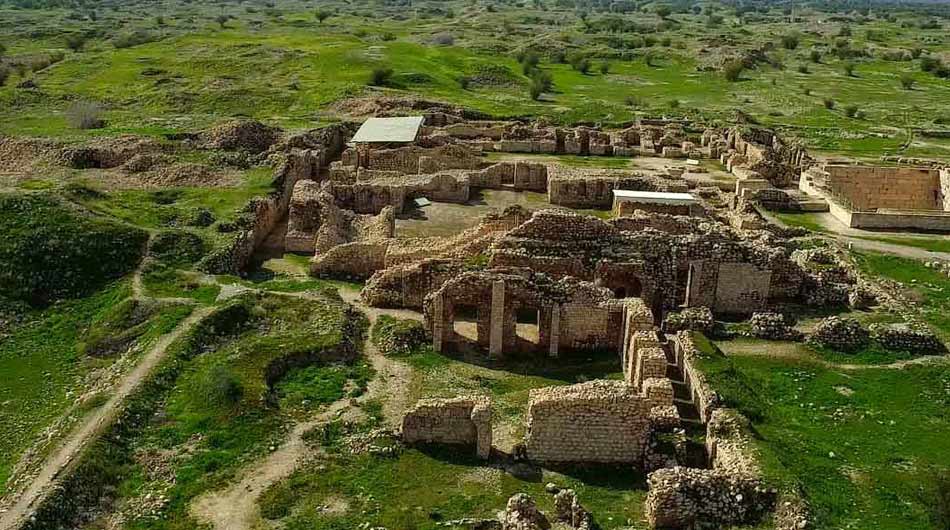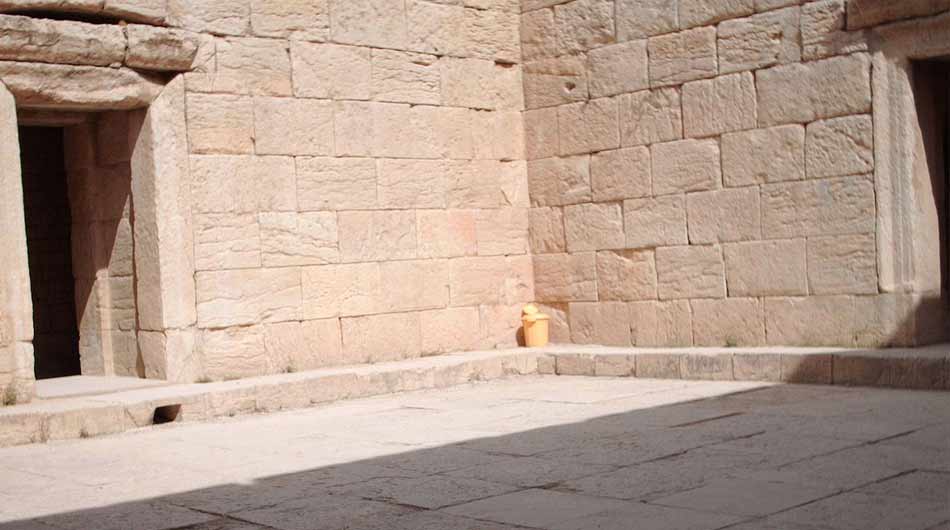The Magnificent Anahita Temple of Bishapur in Shiraz
In the heart of Shiraz lies a treasure trove of culture-the Anahita Temple of Bishapur. From its ancient origins to its enduring legacy, this magnificent site offers a captivating journey through the splendor of ancient Persia.
Nestled amidst the picturesque landscapes of Shiraz, Iran, lies the majestic Anahita Temple of Bishapur—a testament to the grandeur and cultural richness of ancient Persia. Steeped in history, this awe-inspiring archaeological site offers visitors a captivating glimpse into the legacy of the mighty Sasanian Empire and the veneration of the goddess Anahita. In this article, we embark on a journey to explore the significance, architecture, and enduring allure of the Anahita Temple.
The Historical Significance:
Dating back to the 3rd century CE, the Anahita Temple stands as a symbol of reverence to Anahita, the ancient Persian goddess of fertility, water, and wisdom. Built during the reign of King Shapur I, it served as a center for religious rituals and ceremonies, reflecting the spiritual beliefs and practices of the Sasanian dynasty. Anahita was deeply revered by the ancient Persians, embodying qualities of beauty, abundance, and protection—a divine figure whose influence extended across the empire.
Architectural Marvels:
The Anahita Temple of Bishapur boasts an architectural design that reflects the sophistication and engineering prowess of its time. Constructed on a raised platform, the temple features intricately carved stone reliefs, depicting scenes of royal processions, mythological figures, and divine beings. The grandeur of the temple is further accentuated by its towering columns, ornate facades, and meticulously crafted decorations, showcasing the mastery of Sasanian craftsmanship.
Cultural and Religious Significance:
Beyond its architectural splendor, the Anahita Temple holds immense cultural and religious significance for the people of Iran. As a sacred site dedicated to Anahita, it served as a place of worship and pilgrimage for devotees seeking blessings, fertility, and divine favor. The rituals conducted within its hallowed halls were integral to the spiritual life of the ancient Persians, reinforcing their connection to the natural world and the cosmic order.
Preservation Efforts and Tourism:
Despite the ravages of time and conflicts, efforts have been made to preserve and protect the Anahita Temple of Bishapur for future generations. Archaeological excavations, restoration projects, and heritage conservation initiatives have helped safeguard this invaluable cultural heritage site, allowing visitors to marvel at its beauty and historical significance. Today, the temple attracts tourists, historians, and archaeologists from around the world, offering them a unique opportunity to delve into the mysteries of ancient Persia.
Legacy and Heritage:
As one of Iran’s most iconic archaeological sites, the Anahita Temple of Bishapur serves as a poignant reminder of the country’s rich heritage and storied past. It stands as a testament to the enduring legacy of the Sasanian Empire and the profound influence of Zoroastrianism and ancient Persian culture. Through its timeless beauty and historical significance, the temple continues to inspire awe and admiration, serving as a bridge between the past and the present. As visitors explore its hallowed halls and marvel at its architectural wonders, they are transported back in time to an era of kings, gods, and legends—a testament to the enduring spirit of a civilization that continues to captivate the world.
Tags:Adventure holidays, Anahita Temple, Anahita Temple of Bishapur, Best time to travel to iran, best tour operator iran, Cultural sites of Iran, Current Currency of Iran, Holiday in Iran, Iran, Iran Architectural, iran attractions, iran destinations, Iran sightseeing tours, iran Solo trip, iran tour, Iran tour packages, iran tourist attractions, Iran travel agency, iran travel expenses, Iran Travel Guide, Iran Travel Tips, must-visit Iran, persia tour, top tourist destinations, travel to iran, travelling to iran, trip to iran, vacation packages, visit iran, درناگشت




